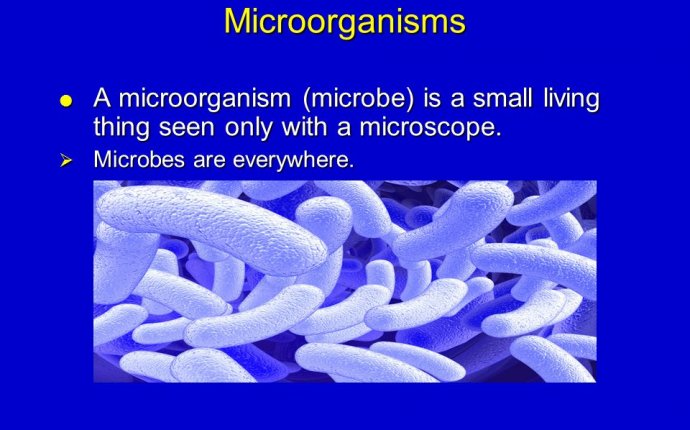
Microbes Are Everywhere
 Microbes are single-cell organisms so tiny that millions can fit into the eye of a needle.
Microbes are single-cell organisms so tiny that millions can fit into the eye of a needle.
They are the oldest form of life on earth. Microbe fossils date back more than 3.5 billion years to a time when the Earth was covered with oceans that regularly reached the boiling point, hundreds of millions of years before dinosaurs roamed the earth.
Without microbes, we couldn’t eat or breathe.
Without us, they’d probably be just fine.
Understanding microbes is vital to understanding the past and the future of ourselves and our planet.
Microbes my-crobes are everywhere. There are more of them on a person's hand than there are people on the entire planet!
Microbes are in the air we breathe, the ground we walk on, the food we eat—they're even inside us!
We couldn't digest food without them—animals couldn't, either. Without microbes, plants couldn't grow, garbage wouldn't decay and there would be a lot less oxygen to breathe.
In fact, without these invisible companions, our planet wouldn't survive as we know it!
Our Challenge: How are we going to solve the case of what a microbe is when they're so small they're invisible to us?
Microbe is a term for tiny creatures that individually are too small to be seen with the unaided eye. Microbes include bacteria (back-tear-ee-uh), archaea (are-key-uh), fungi (fun-jeye) and protists (pro-tists). You've probably heard of bacteria and fungi before. Archaea are bacteria-like creatures that have some traits not found in any true bacteria. Protists include primitive algae (al-gee), amoebas (ah-me-buhs), slime molds and protozoa (pro-toe-zoh-uh). We can also include viruses (vye-rus-is) as a major type of microbe, though there is a debate as to whether viruses can be considered living creatures or not.
To solve the case of what a microbe is, we have to use tools such as high-power microscopes. Let's zoom in on some microbes and see what a few of these strange creatures look like.
As you can see, microbes come in many varieties. They may live as individuals or cluster together in communities.
So how small are microbes?
Well, let's say we could enlarge an average virus, the smallest of all microbes, to the size of a baseball.



